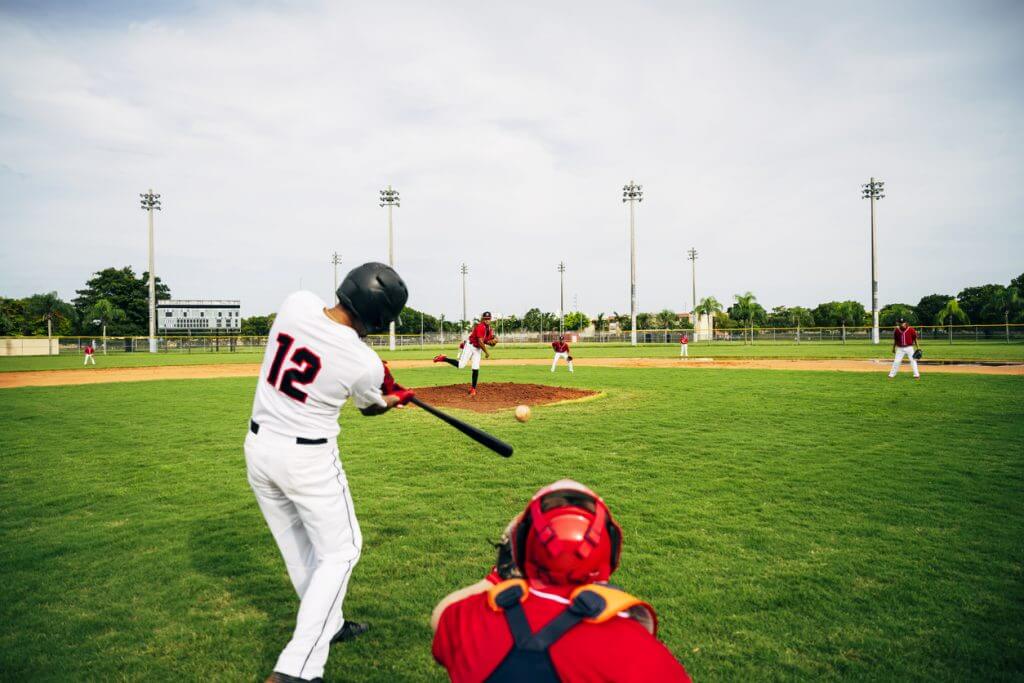
When designing a baseball field, the dimensions of the outfield are very important.
Proper outfield dimensions and design maximize player performance and provide a fair and safe playing environment.
This article provides detailed information about the outfield on junior high school grounds.
Specifically, we will cover the distance and height of outfield fences, the shape and design of the outfield, and maintenance of the playing area.
目次
Standard distance and height of outfield fences
The distance and height of the outfield fences are important factors in the design of a baseball field.
Setting the appropriate distance and height helps keep the game fair and maximizes player performance.
Here we will explain in detail the standards and designs for the distance between center field and both field lines, as well as the height of the fences.
Distance between center field and both field lines
The distance of the outfield fences varies depending on the size and level of the baseball field.
The following distances are standard for junior high school grounds:
Center Field: The distance from home plate to the center field fence is approximately 300 feet (91.44 meters). This distance presents a challenge for batters and allows outfielders a good distance to cover a large defensive distance.
Left and right field lines: The distance from home plate to the left and right field lines is approximately 250 feet (76.2 meters). This provides uniform coverage throughout the outfield and balances the hitters and defense by keeping the fences at consistent distances
Setting the appropriate fence distance will affect the dynamics of the game by calculating the probability of the ball clearing the fence. Furthermore, this distance setting will give the outfielders a proper defensive range and increase the challenge for the batter to clear the fence.
Fence height standards and design
The height of the outfield fence is also a factor that has a significant impact on the progress of the game and the safety of the players.
Below are the standard heights and design criteria.
Standard Height: The standard height of an outfield fence is approximately 8 feet (2.44 meters). This height is sufficient to prevent home runs, but also provides a challenging jumping height for outfielders to catch.
Design criteria: When designing the height of the fence, you should pay attention to the following points:
-
Safety: It is important to use cushioning material on the top of the fence to cushion the impact when players collide with it, which helps prevent injury to players and provides a safe playing environment.
-
Durability: Fences must be made of materials that can withstand long-term use. Metal fences are durable and resistant to external impacts, but they require regular maintenance. Plastic and wooden fences are also sometimes used, but each requires different maintenance depending on the characteristics of the material.
-
Visibility: The design of the fence must take into account the visibility of spectators. The use of transparent materials or mesh designs will allow spectators to see the game more easily, improving the viewing experience.
-
Consideration of the environment: It is important to consider the surrounding environment when selecting the location and materials for the fence. For example, it is recommended to choose environmentally friendly materials to protect the natural environment. You should also consider designing the color and design of the fence to blend in with the surrounding landscape.
By properly designing the distance and height of the outfield fences, we can improve the quality of the baseball field and maximize player performance.
Especially when it comes to middle school grounds, designing with safety and fairness in mind is important.
Fence installation based on precise measurements and designs ensures a quality play environment.
This will allow players to concentrate on playing with peace of mind, and spectators to enjoy the match.
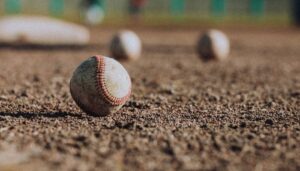
Outfield shape and design
The shape and design of the outfield has a major impact on the playing environment of a baseball field.
With proper design, players can maximize their performance and ensure fair and exciting matches.
Here we will explain in detail about outfield fence arches and their importance, as well as the materials and selection of fences.
The arch of the outfield fence and its importance
The shape of the outfield fence is an important element in field design.
Arched fences in particular are used in many baseball stadiums.
Arch design: Outfield fences are typically designed with a gentle arch starting from center field, curving gently from home plate to the left and right field lines to ensure equal coverage of the entire outfield.
Why it matters: The arched design offers the following advantages:
-
Balanced Ball Hits: The arched fence distributes the chances of balls hitting the fence evenly, preventing the balls from concentrating in any one area and allowing for a more balanced defensive game.
-
Improved visibility: The arched fence also improves visibility from the spectator seats, allowing spectators to get a better view of the entire field, improving the quality of their viewing of the game.
-
Safety: The arches of the fence also help to disperse the force of impact when a player runs into the fence, improving player safety.
-
Aesthetics and design: The arched fence is aesthetically pleasing and provides a unified look to the ground, improving the stadium’s appeal and increasing spectator satisfaction.
Fence materials and selection
The selection of materials for an outfield fence must take into consideration a variety of factors, including durability, safety, visibility, and ease of maintenance.
Metal fences: Metal fences are durable and suitable for long-term use. Aluminum and steel fences are particularly strong and durable. However, metal fences are subject to a large impact in the event of a collision, so it is recommended that cushioning materials be installed for the safety of players.
Plastic fences: Plastic fences are lightweight and easy to handle. They are also available in a wide variety of colors and designs, improving the aesthetics of the stadium. However, they are less durable than metal fences, so regular maintenance is required.
Wooden fences: Wooden fences are popular for their natural look and environmental friendliness. They are often used in classic stadiums and ballparks with specific themes. However, wooden fences are susceptible to the effects of weather and are less durable than other materials. Antiseptic treatment and regular maintenance are essential.
Use of cushioning materials: For the safety of players, it is recommended that outfield fences be made of cushioning materials. Shock-absorbing materials can be installed on the top of the fence and in areas where there is a high probability of collisions, to prevent injury to players. This is especially important for metal and plastic fences.
Environmental Considerations: Environmental considerations are also important when selecting materials for your fence. Using recyclable materials and eco-friendly manufacturing processes allows for sustainable ground design. Also, choosing materials that are suitable for the local climatic conditions and environmental factors is important for the durability of the fence and keeping maintenance costs down.
The shape and design of the outfield has a major impact on the quality of the baseball field and the playing environment.
By using arched fences and selecting the right materials, we can maximize the performance of our players and ensure safe, exciting matches.
It is important to always provide the best possible playing environment through precise design and regular maintenance.
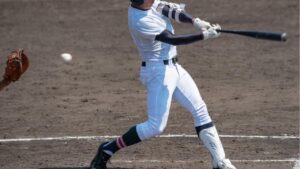
Outfield play area
The outfield playing area occupies a particularly large part of a baseball field and has a significant impact on players’ performance.
Proper size, placement and maintenance will help provide a safe and effective playing environment.
Field size and layout
The size and layout of the outfield is a key element in the overall design of the ground.
These have a direct impact on the progress of the match and the performance of the players.
Field Size: On a junior high baseball field, the outfield measures 300 feet from home plate to center field and 250 feet from the field lines, providing a challenging distance for batters and allowing outfielders to cover a large area of ground.
Importance of placement: The placement of the outfield has a significant impact on the progress of the game. The placement of the fences and the shape of the field affect the distance the ball can travel and the defensive moves, so accurate placement is required. In particular, the arch-shaped placement from center field to both field lines is important for evenly covering the entire outfield and maintaining defensive balance.
Variations: Field sizes and layouts can vary from stadium to stadium. Some stadiums have a wide center field and shorter field lines. This creates unique characteristics for each stadium and changes the strategies and player movements during the game.
Fence height: The height of the outfield fence is also an important part of the layout. Typically, the fence is about 2.44 meters (8 feet) high, but some ballparks have fences of different heights. The height of the fence should be carefully designed along with the layout, as it affects the difficulty of hitting a home run and the defensive challenge.
Play Area Maintenance
Outfield playing areas require regular maintenance.
Proper maintenance will ensure your players’ safety and maximize their performance.
Grass maintenance: The outfield playing area is mainly covered with grass, so grass maintenance is paramount. Regular watering, mowing, and fertilization are essential to maintain a healthy lawn. In particular, keeping the grass at a uniform height helps the ball roll smoothly and ensures fair play.
Soil Maintenance: The soil under your grass also needs regular maintenance. Aerating the soil will help keep the grass roots healthy, and adjusting the soil pH as needed to maintain the proper nutrient balance.
Weed and pest control: Weed and pest control is also important in the outfield playing area. Regular weeding and pest control will help maintain the health of the grass. In particular, if weeds grow between the grass, they will affect not only the appearance but also the quality of play, so it is important to take measures early.
Drainage system: It is important that the outfield playing area has a proper drainage system. During rainy weather, drainage can become poor and a good drainage system will allow water to drain away quickly and dry out the playing area, allowing play to resume quickly after rain.
Seasonal maintenance: Seasonal maintenance is also important. Plant new grass in the spring, water and weed frequently in the summer, repair and improve the soil in the fall, and protect your play area from the elements in the winter. Proper seasonal maintenance will ensure a high-quality play area all year round.
Safety checks: Play area maintenance also includes safety checks. Regularly check the condition of the outfield fence to make sure it is not broken or loose. Also check for any slippery areas or uneven surfaces that players may find difficult to access and make repairs as necessary.
Proper size and placement, as well as regular maintenance, of the outfield playing area directly impacts player performance and safety.
Precision design and ongoing care ensure the best possible playing environment.
This allows players to relax and concentrate on playing.
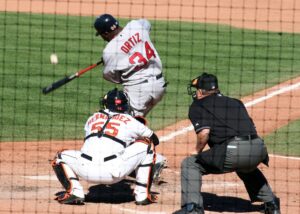
Outfielder defensive range and movements
The defensive range and movements of outfielders have a huge impact on the flow of the game.
With proper positioning, strategy and effective training, outfielders can cover a lot of ground and call the key plays.
Here we will explain in detail about outfielder positioning and strategy, as well as training to expand defensive range.
Outfielder placement and strategy
The outfielder’s positioning needs to be flexible depending on the characteristics of the opposing batter and the situation of the game.
This allows you to make the most of your defensive range against batted balls and deploy effective defense.
Standard Positioning: There are usually three outfielders: a left fielder, a center fielder, and a right fielder. The center fielder covers the widest area, so he is usually a quick player with a strong arm. The left and right fielders are positioned along their respective field lines in case the ball flies close to the fence.
Shift Positioning: Shift positioning is a strategy that adjusts the outfielder’s position according to the opposing batter’s hitting tendency. For example, if a left-handed batter hits many balls to the right, the right fielder is positioned slightly forward and the center fielder is also shifted to the right. In this way, by changing the outfielder’s position according to the batter’s characteristics, the defensive range is optimized.
Situational Positioning: Outfielder positioning will change depending on the game situation. For example, if there are runners in scoring position or a specific batter is at bat, outfielders will move forward or backward to take appropriate defensive positions.
Training to expand range
Proper training is essential for outfielders to cover a wide area.
We will introduce specific training methods to improve your speed, reaction time, and catching skills.
Improve Speed and Agility: Speed is very important for outfielders, so incorporate sprints and agility drills to improve initial speed and sprinting ability. Practicing side steps and changes of direction using cones is also effective.
Improve reaction: To improve the players’ ability to react quickly to hit balls, we conduct hit reaction drills. The coach hits balls randomly and the outfielders have to react to the hit balls instantly. This practice improves the accuracy of predictions and reactions.
Improving catching skills: In order to hone the basic catching skills of outfielders, we repeatedly practice catching fly balls. In particular, we practice more difficult catching techniques, such as catching while running backwards or catching while jumping. In addition, the throwing motion after catching is also important, so we train to make strong and accurate throws.
Reviewing defensive positions: Regularly review defensive positions and practice moving to optimal positions during games. In particular, conduct simulation training to quickly respond to shift arrangements and changes in defensive positions for specific batters.
Cooperation with teammates: It is also important to practice strengthening cooperation between outfielders and infielders. By communicating and adjusting the defensive range and covering efficiently, you can improve your ability to respond to batted balls. Practice sending signals out loud and simulating cooperative plays.
Physical training: Physical training is also essential to improve the stamina and strength of outfielders. In particular, training is conducted to strengthen the muscles of the lower body and increase endurance, so that players can maintain high performance even during long games.
Proper positioning, strategy and effective training are essential to maximizing an outfielder’s range and movement.
Combining these skills allows outfielders to cover a lot of ground and make the plays that matter.
Through continued training and strategic positioning, you can improve the quality of your outfield defense and strengthen your team’s overall defensive strength.
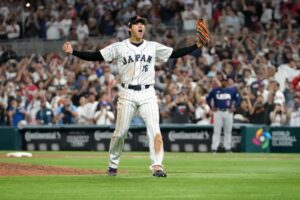
Outfield visibility and seating arrangement
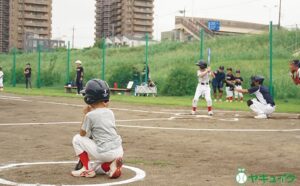
Outfield fence safety measures
Outfield fences play a vital role in ensuring the safety of players and maintaining the fairness of the game.
When designing a fence, safety measures must be included to reduce the impact of a collision and prevent injuries to players.
Here we take a closer look at the design and use of shock absorbing materials and cushioning to ensure player safety.
Designed to ensure player safety
When designing an outfield fence, the following points must be taken into consideration to ensure player safety:
Fence height and angle: The height of the fence is designed to ensure safety in the event of a collision. Typically, outfield fences are about 2.44 meters (8 feet) high, but different stadiums may have fences of different heights. The fence angle is also tilted slightly inward to prevent players from climbing to the top in the event of a collision, reducing the risk of falling.
Flexible materials: The selection of materials for the fence itself is also important. Metal fences are durable, but they are subject to greater impacts, so it is recommended to use flexible materials in combination. Using materials that absorb the impact when players collide, such as plastic or rubber fences, will improve safety.
Visibility and design: The fence design must ensure visibility while keeping players safe. Transparent panels or mesh designs allow spectators to see the game better and players to see the fence. Bright colors on the top of the fence also help players visually locate the fence.
Use of shock absorbing materials and cushions
The use of shock absorbing materials and cushioning is important to increase safety when athletes collide with the fence.
Use of cushioning materials: Cushioning materials can be attached to the top and sides of the outfield fence to reduce the impact of a player’s collision. Cushioning attached to the top of the fence is particularly effective in protecting the player’s head and upper body. This reduces the risk of injury when a player hits the fence at high speed.
Selection of shock-absorbing materials: Shock-absorbing materials include polyurethane foam, rubber, and special synthetic materials. These materials are flexible yet durable, keeping players safe for a long time. They are also weather-resistant, preventing degradation from rain and UV rays.
Installation and maintenance: It is also important to pay attention to how shock-absorbing materials and cushions are installed. If they are not firmly fixed, they may shift during a collision, so use sturdy fixings. It is also important to perform regular maintenance and check for deterioration or damage to the materials to keep them in a safe condition at all times.
Protection for the bottom of the fence: The bottom of the fence also needs protection, as there is a risk of injury from players hitting their feet against the bottom of the fence. This can be protected with a soft rubber or synthetic material, which will reduce the risk of players slipping or tripping.
Environmental considerations: Environmental considerations are also important when selecting shock-absorbing materials and cushioning. Using recyclable materials and environmentally friendly manufacturing processes will help ensure sustainable stadium operations. It is also important to minimize the environmental impact while ensuring the safety of players.
Safety measures for the outfield fence are an essential element in ensuring the safety of players and maintaining the fairness of the game.
With proper design and the use of shock-absorbing materials and cushioning, we can provide an environment where players can play with peace of mind.
It is important to maintain a high quality playing environment through regular maintenance, consideration for the environment, and always taking optimal safety measures.
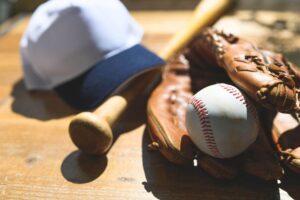
Outfield environmental conditions and influences
The environmental conditions in outfield play have a significant impact on player performance and the progress of the game.
In particular, the weather and the layout of lighting equipment directly affect the quality of the game and the safety of the players.
Here we take a closer look at how weather can affect outfield play, as well as the placement of lighting fixtures and their importance.
How weather affects outfield play
Weather has a huge impact on outfield play.
Below we explain some specific weather conditions and their impacts.
Effects of sunny days: Visibility is good on sunny days, making it relatively easy to track the ball. However, depending on the position of the sun, the sunlight may get into the eyes of outfielders when they try to catch a fly ball, causing them to lose sight of the ball. In particular, the sun is lower in the afternoon games, so measures to reduce glare are necessary, such as using sunglasses and hats.
Effects of Cloudy Weather: Cloudy days provide a good environment for outfielders to play because visibility is uniform and there is no glare from the sun. However, cloudy weather can result in a lack of light, which can reduce visibility of the ball. For this reason, it is important to use proper lighting to ensure visibility on cloudy days.
Impact of rain: When it rains, the ground condition worsens and becomes slippery. Outfielders are more likely to slip when chasing the ball, increasing the risk of injury. When it rains, the game is often suspended or canceled, which has a significant impact on the progress of the game. In addition, when it rains heavily, the ball’s flight distance is also affected, so a change in strategy is required.
Wind effects: Wind has a significant impact on the distance and direction of a batted ball. In strong winds, the ball moves in an unpredictable way, so outfielders must adjust their defensive positions while taking into account the direction and strength of the wind. Experienced outfielders who can read the wind direction can play with the least possible wind effects.
Effects of cold weather: In cold weather, players’ muscles tend to stiffen, which puts them at risk of losing performance. Outfielders, in particular, are often stationary for long periods of time, so it is important to thoroughly warm up and take measures to maintain body temperature in cold weather. In addition, the cold makes the ball harder, which increases the impact it receives on the hands when catching it, so it is recommended that players use appropriate gloves.
The placement of lighting fixtures and their importance
The placement of lighting equipment is extremely important to ensure visibility during night games or on cloudy days.
The right lighting equipment supports the players’ performance and improves the viewing experience for spectators.
Uniform lighting placement: It is important that lighting equipment is placed so that it illuminates the entire field evenly. Adjust the height of the poles and the angle of the lights so that all areas, including the outfield, are evenly lit. This ensures visibility for players no matter where they are, improving the quality of their play.
Glare prevention: Anti-glare lighting fixtures are used to prevent glare from lighting. In particular, the position and angle of the lighting is carefully considered so that outfielders do not feel glare when catching fly balls. This creates an environment in which players can play comfortably.
Improved energy efficiency: It is recommended that lighting fixtures use energy-efficient LED lighting. LED lighting consumes less power and has a longer lifespan than traditional lighting, which contributes to reducing operational costs. LED lighting also lights up instantly, making it easier to adjust lighting during a match.
Lighting maintenance: Regular maintenance of lighting equipment is also important. Adjusting and cleaning the position of the lights will ensure optimal lighting conditions at all times. Prompt replacement and repair of lighting fixtures will also help prevent problems during the match.
Environmental considerations: When installing lighting equipment, it is necessary to take the surrounding environment into consideration. To prevent light pollution, lighting directions and shading measures are taken to minimize the impact on surrounding residents. It is also important to use energy-efficient lighting to reduce the burden on the environment.
The environmental conditions of the outfield have a significant impact on the players’ play and the progress of the game.
Proper management and placement of weather and lighting equipment provides an environment in which athletes can perform at their best and allows spectators to enjoy the games in comfort.
This will ensure high quality match management and improve the overall reputation of the baseball ground.
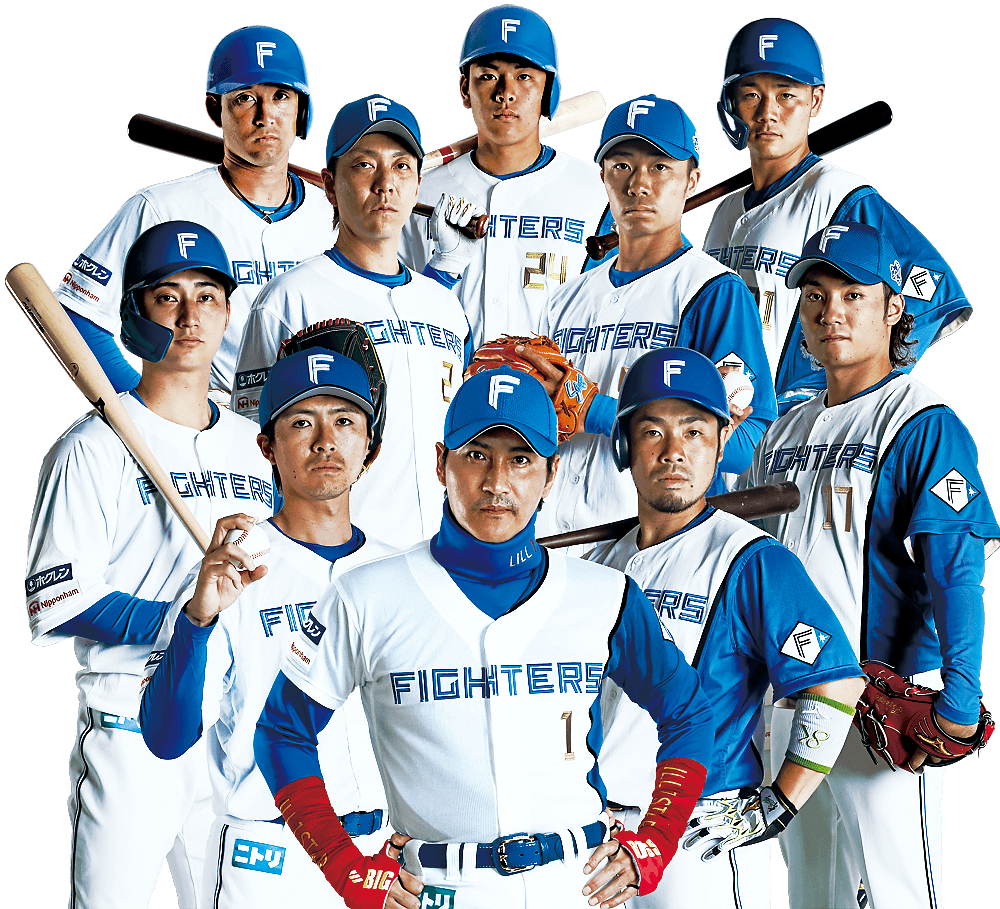
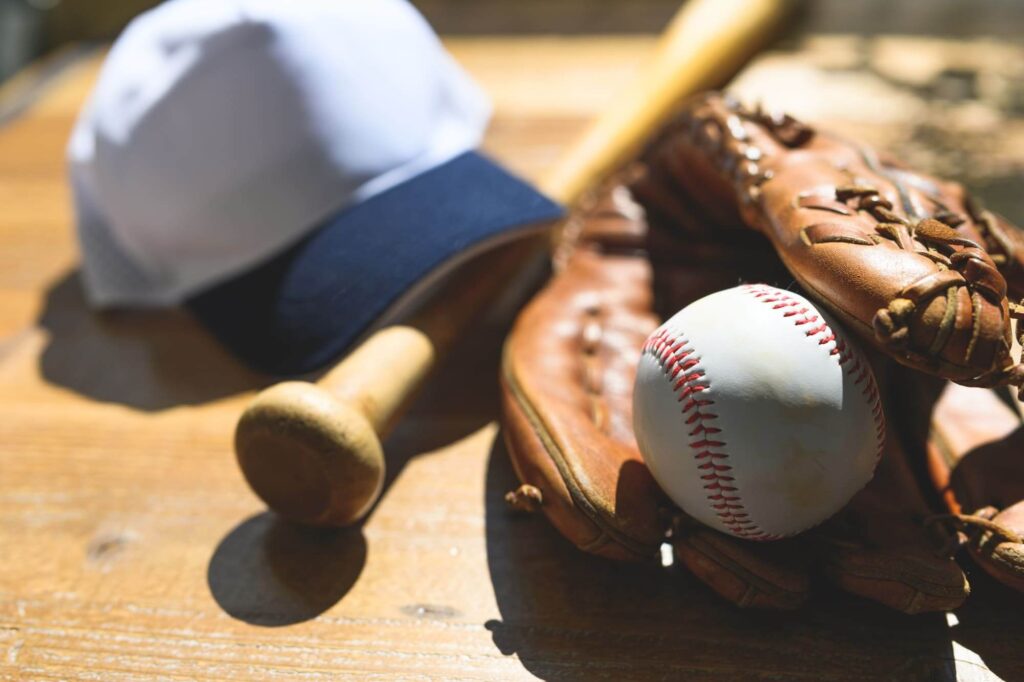
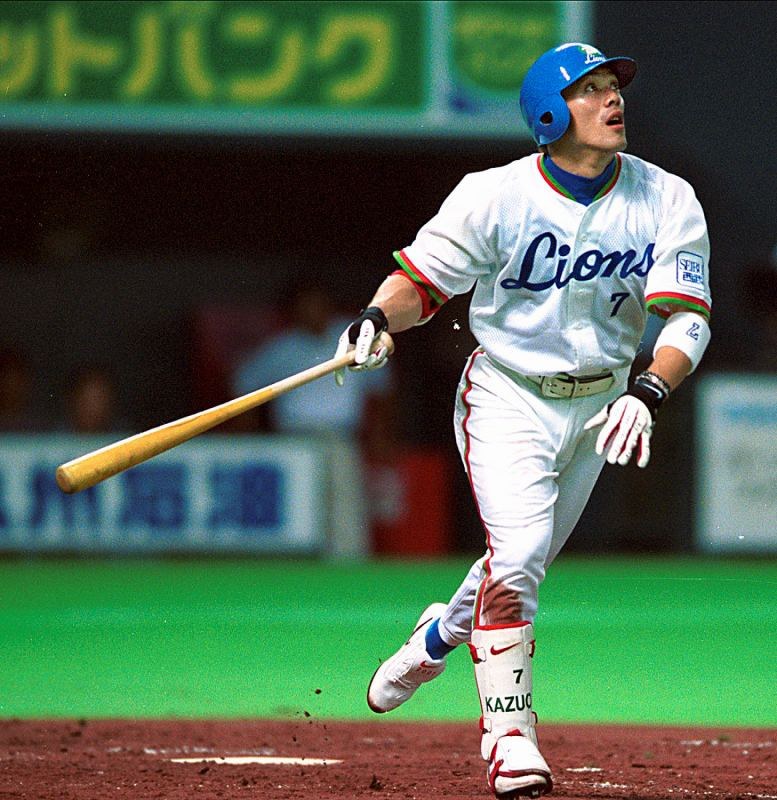

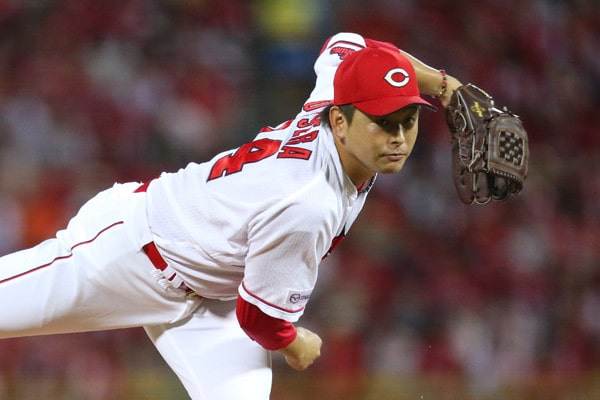
![What is a hold point in baseball? [Comprehensive explanation]](https://planotatico.com/wp-content/uploads/2024/05/x7FsEohhygDF67yGDeyvJuSqDG0xdn42Sel6oUvu-min.jpeg)